India has a rich history of innovation and creativity, contributing remarkable inventions that have transformed society and left an indelible mark on the world stage. India has some of the oldest civilizations in the world, and its creations have contributed to everyday lives and have been instrumental in the progress of mankind. Many of these inventions were centuries ahead of their time and have laid the foundation for modern-day discoveries.
Invention of Buttons
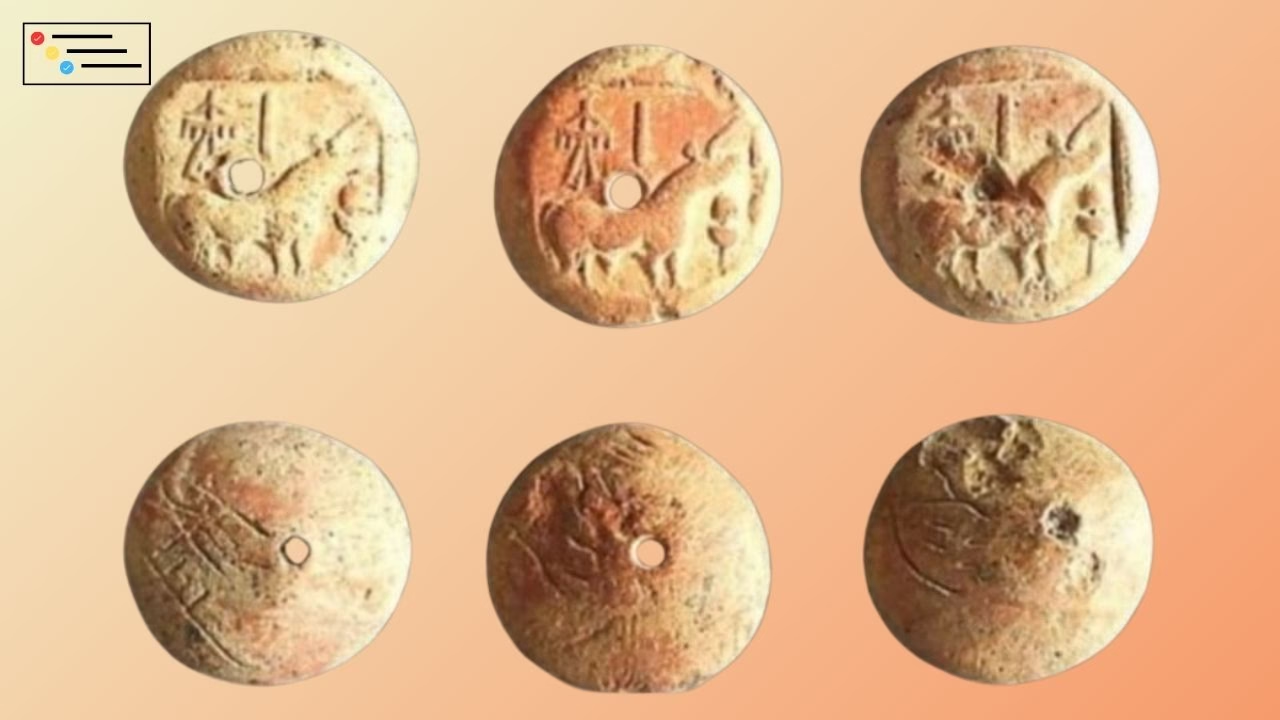
Tracing back to the Indus Valley Civilization around 2000 BCE, the earliest buttons were made out of seashells in geometric shapes with tiny holes bored into them. Buttons were initially used as ornaments, people eventually realized their significance in fastening clothes. Today, the button is an intrinsic part of the fashion industry in every part of the world. Buttons were also found at Bronze Age sites in China and Ancient Rome
Invention of Chess
The origins of chess can be traced back to ancient Eastern India in 280-550 CE in the Gupta empire. Its early version was known as Chaturanga. The game used intellect and skill to plan the opponent’s move. The game spread westwards to Persia and Europe. During British rule, it made its way to England and was eventually introduced in the United States of America in 1943.
Invention of Shampoo
The roots of shampoo trace back to the Mughal era in 1762, consisting of herbs and oils used for therapeutic head massages. Even before that, around the 1500s, India’s innovators used the pulp of soapberries combined with herbs and hibiscus flowers to strengthen and polish hair. The term ‘shampoo’ in English originates from the Hindi word ‘champo,’ which in turn is derived from the Sanskrit term ‘Chapayati,’ signifying massage or kneading. Multiple variations exist today, and it has become a part of everyday life and hygiene.
Invention of Snakes and Ladders
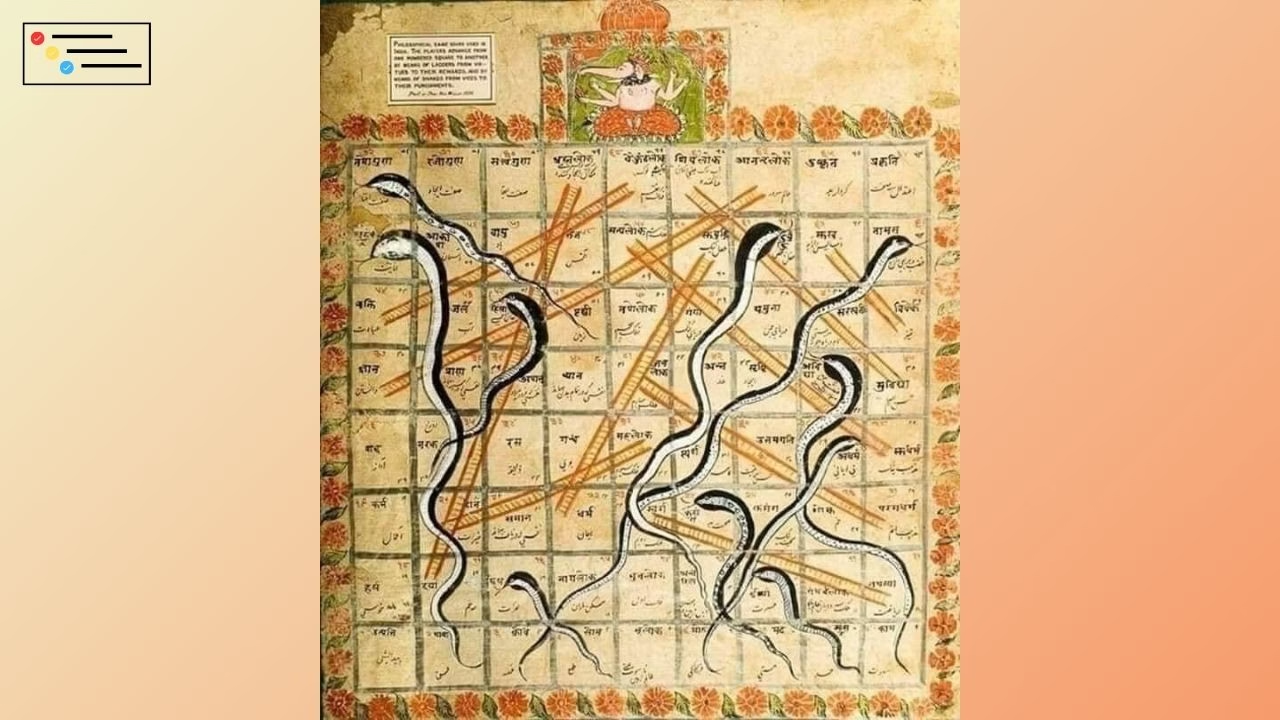
The game of Snakes and Ladders originated in India and was called ‘Mokshapat’ or ‘Moksha Patamu’. It was a game based on morality, where ladders signified good deeds while snakes represented evil ones. During British rule, this game made its way to England and was eventually introduced in the United States of America in 1943 and later rest of the world. It is one of the most loved board games of all time.
Invention of Quadratic and Decimal System
The decimal system was invented by Hindu mathematicians in India between the 1 AD and 6 AD. This system, sometimes called the Hindu-Arabic numeral system, was first introduced to Europeans by Arabs who had acquired it from the Hindus living in India. Both systems originated and developed in India, with mentions in the Rig Veda. The decimal system, based on place value and the use of 0-9, provided an efficient method for calculations. It became the basis of the modern numerical system used around the world today, crucial in mathematics, commerce, and daily life. Without the Indian numeral system (which includes zero), modern mathematics and science would be profoundly different.
Invention of Zero
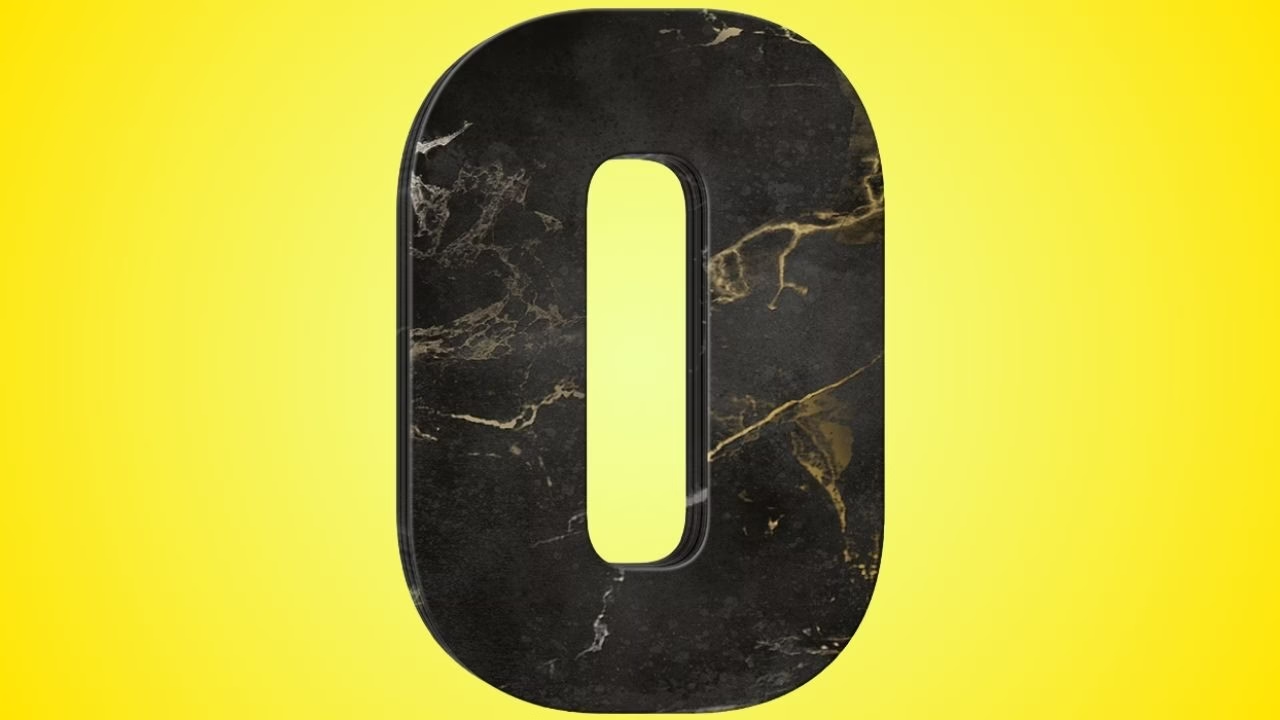
Indian mathematicians, such as Aryabhata, Brahmagupta, and Mahavira, are credited with developing the concept of zero as both a numeral and a mathematical concept. Aryabhata first used the expression ‘Kha’ for zero, giving it a positional value. Brahmagupta later employed the word sunya (empty) to denote zero. The notion was spread towards the Western lands by Arab traders. The use of zero revolutionized mathematics, leading to the development of algebra, calculus, and eventually computing. Without this, there would have been no binary system and subsequently no computers. It has been instrumental in every field of study. It is a matter of immense pride that India was the birthplace of the number zero.
Introduction of Cataract Surgery
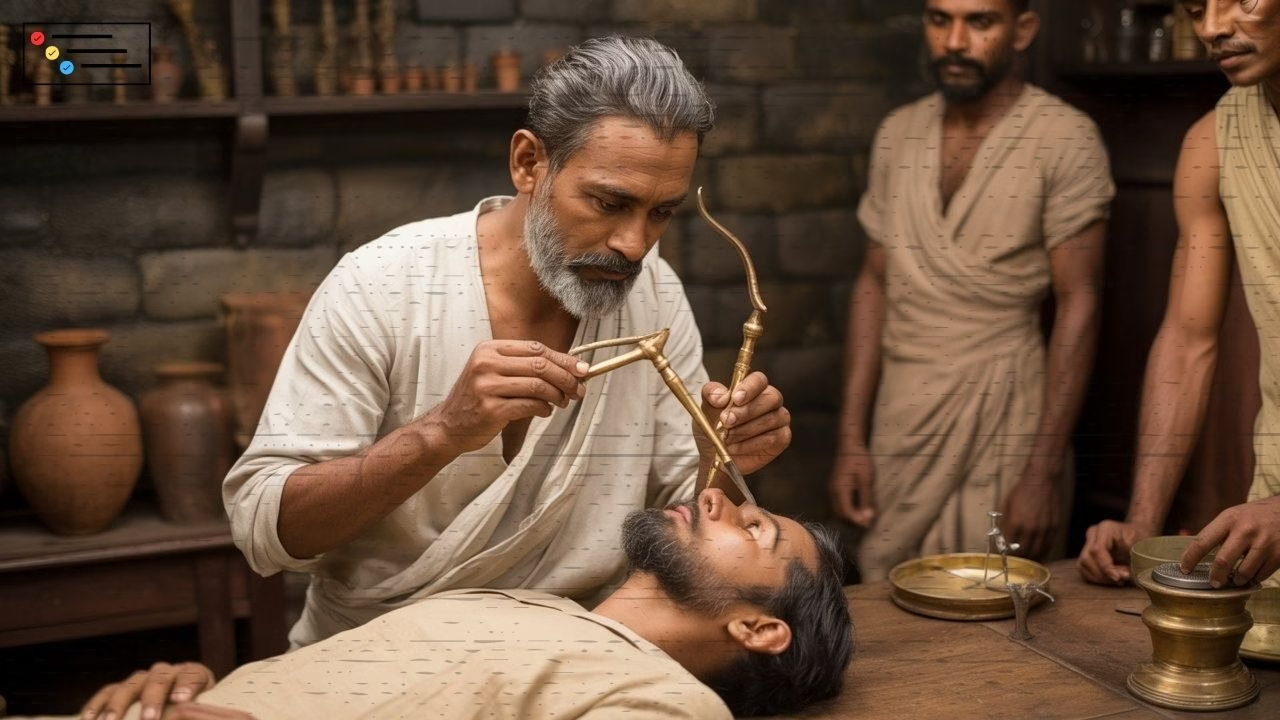
In the 3rd century CE, Indian physician Sushruta pioneered cataract surgery. Sushruta is credited as one of the earliest surgeons in recorded history (600 B.C.). He described the procedure in his work, the Sushruta Samhita. He used a curved needle that first loosened the lens and then pushed the cataract to the back of the eye. Warm butter was used to soak the eyes, and bandages were applied until healed. The news spread quickly from India to China and other parts of the world. Greek scientists visited India to get operated and learn the technique. This early technique laid the foundation for what is now a common procedure in modern ophthalmology.
Invention of Yoga
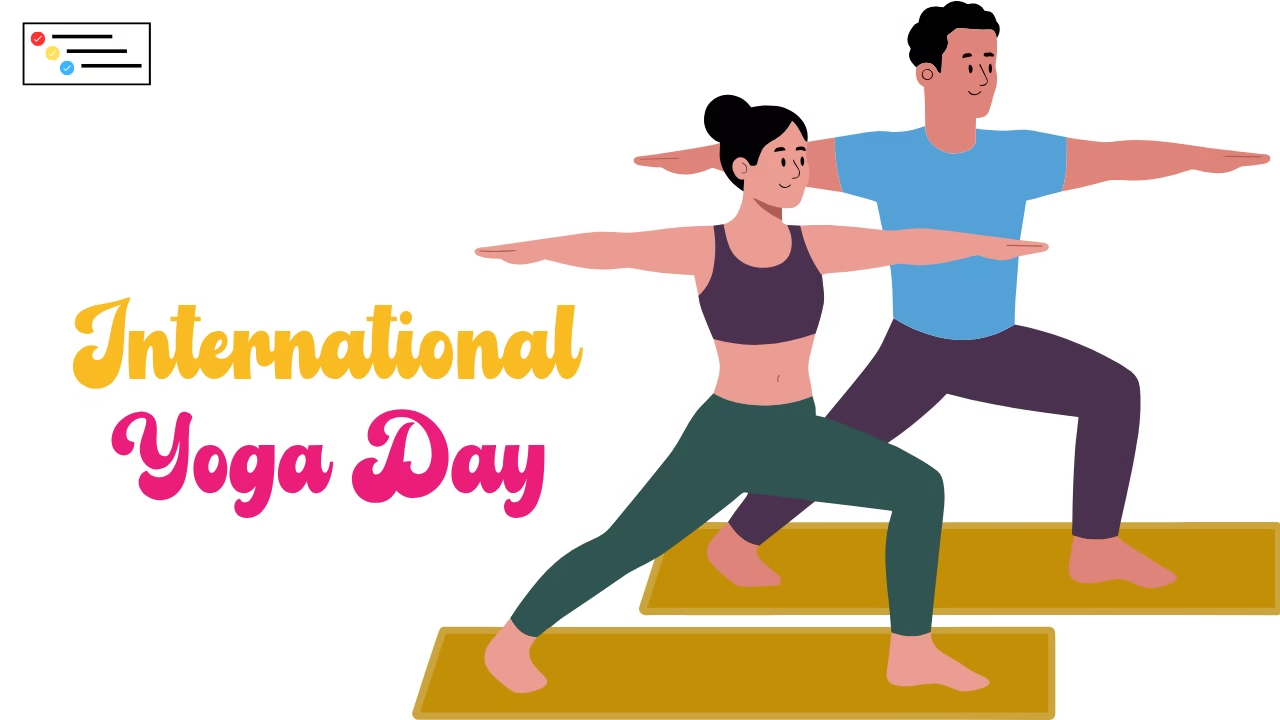
Yoga originated in ancient India over 5,000 years ago. First references appear in Rigveda, one of the oldest sacred texts of Hinduism. Yoga-like postures are also found in Indus Valley Civilization seals.
The word “Yoga” comes from the Sanskrit root “Yuj”, meaning “to join” or “to unite”.
During 19th–20th century Indian gurus like Swami Vivekananda, T. Krishnamacharya, B.K.S. Iyengar, and others spread Yoga worldwide. Yoga is now practiced globally for health, stress relief, and spiritual growth. Since 2015, June 21 is declared as International Yoga Day by the United Nations.
Invention of Flush Toilets
The Indus Valley Civilization introduced advanced hygiene with flush toilets. These were linked to sophisticated sewage systems. These innovations showcased their expertise in hydraulic engineering. Every house at that time had a private squat-type toilet that could be flushed by simply dumping water into it.
Invention of Candied Sugar
The concept of candied sugar emerged in India and was discovered during the time of the Gupta dynasty. The process of making candied sugar soon made its way to China, which was made possible by travelling Buddhist monks. It was a huge hit around the world and was also considered a healthy variation of regular sugar at the time.

0 Comments